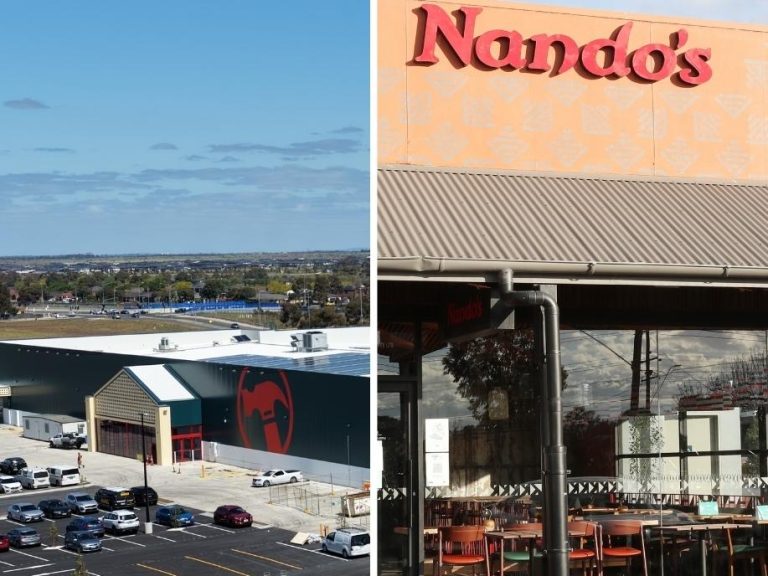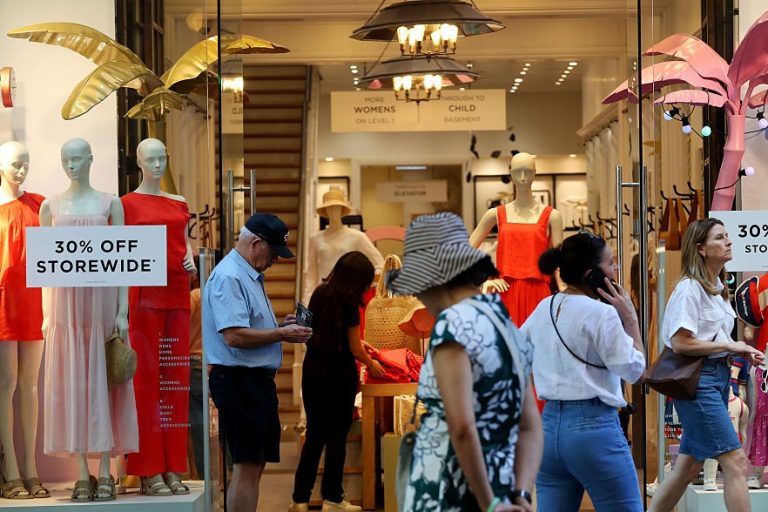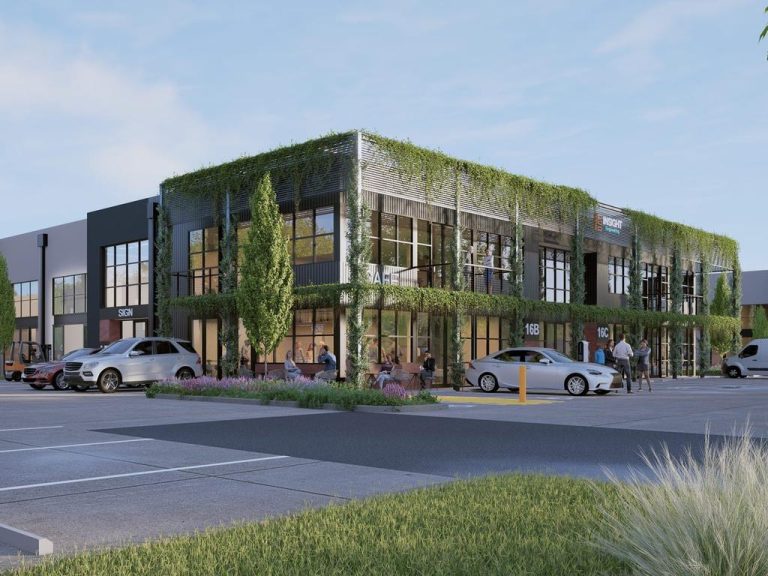Demand increasing for Sydney industrial property
There are 1.84 million sqm of vacant industrial space across Sydney, Melbourne and Brisbane – 28% more than a year ago.
New figures show the amount of empty space shrunk in the past six months in Sydney but has grown in the other two cities.
The Knight Frank figures show Melbourne has its highest vacancy rates in three years, with 626,848 sqm of industrial space vacant as of January 2014.
In Brisbane there are 551,433 sqm vacant, the largest amount since at least 2007.
Knight Frank Head of Research and Consulting Matt Whitby says Sydney is the only market to record a fall in vacancy rates.
“The Sydney market continues to be the standout performer with vacancy declining for the third quarter in a row, down 12% over the year to 662,661 sqm,” he says.
“The Brisbane market still recorded the highest vacancy rate since the survey commenced in 2007, whilst Melbourne recorded its highest vacancy in more than three years as both of these markets attempt to absorb backfill space and also some sub-lease availability.”

SOURCE: Knight Frank
The Knight Frank quarterly vacancy analysis shows Sydney has the most prime space available, with 49% of available stock across 37 properties. But its secondary market has performed strongly and vacancies have now fallen 40% from their peak.
Across the three cities, there is 204,262 sqm of speculative stock, both completed and being built, which is 20 per cent higher than a year prior.
Knight Frank National Industrial Director Greg Russell says enquiry levels suggest leasing demand will pick up.
“However there remains a lack of urgency from tenants to finalise premises-related decisions,” he says.
Russell says larger space users now have 11 prime opportunities above 10,000 sqm in Sydney, 15 of more than 10,000 sqm in Melbourne and seven above 8,000 sqm in Brisbane.
“At first glance it would appear there are some major vacancy issues in Brisbane however on further investigation we see this is actually a result of speculative development and back-fill accommodation,” he says.
“These are both good signs of an active market. The only concern is the level of manufacturing stock as an overall percentage however the reasons for this are obvious, based on the state of the Australian manufacturing economy.”







